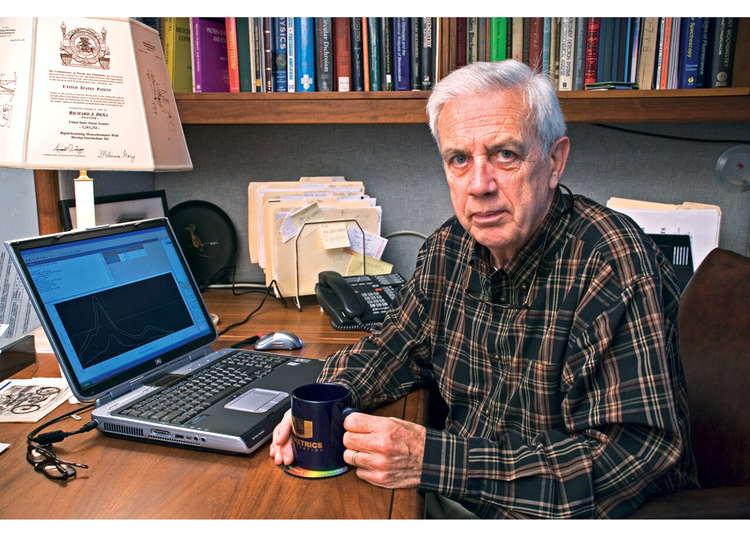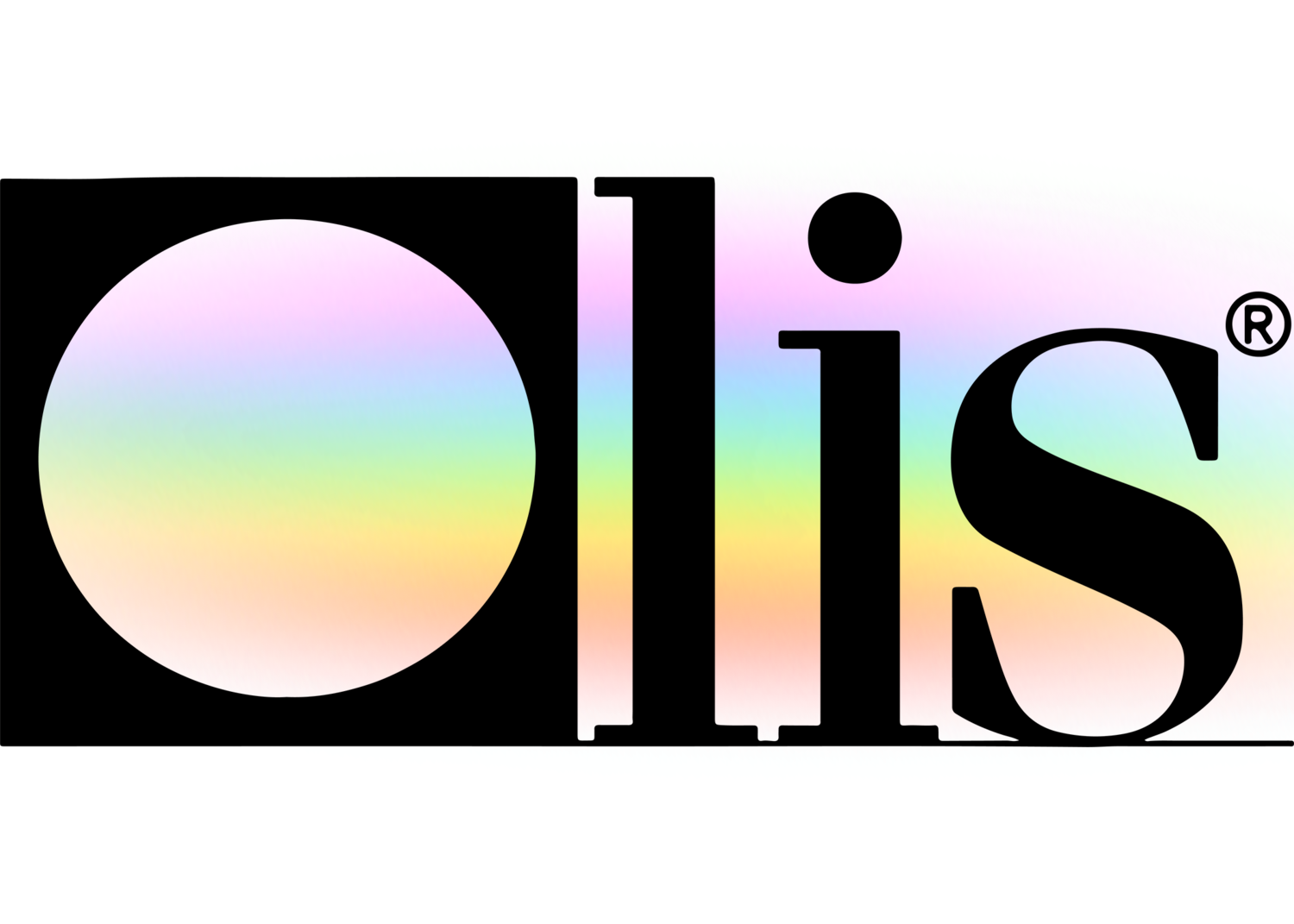How Circularly Polarized Luminescence can Save You Time, Stress, and Money.
How Circularly Polarized Luminescence can Save You Time, Stress, and Money.
Blog Article
3 Easy Facts About Uv/vis Explained
Table of ContentsGetting My Uv/vis To WorkSpectrophotometers Things To Know Before You Get ThisSome Ideas on Uv/vis You Need To KnowThe 45-Second Trick For Circularly Polarized LuminescenceGetting The Circular Dichroism To Work

Although spectrophotometry is most commonly used to ultraviolet, noticeable, and infrared radiation, contemporary spectrophotometers can question wide swaths of the electromagnetic spectrum, consisting of x-ray, ultraviolet, visible, infrared, and/or microwave wavelengths. Spectrophotometry is a tool that hinges on the quantitative analysis of molecules depending on how much light is taken in by colored substances.
How Uv/vis/nir can Save You Time, Stress, and Money.
A spectrophotometer is commonly utilized for the measurement of transmittance or reflectance of services, transparent or opaque solids, such as refined glass, or gases. Although numerous biochemicals are colored, as in, they absorb visible light and therefore can be determined by colorimetric treatments, even colorless biochemicals can frequently be converted to colored compounds ideal for chromogenic color-forming responses to yield compounds ideal for colorimetric analysis.: 65 Nevertheless, they can also be designed to measure the diffusivity on any of the listed light varieties that usually cover around 2002500 nm utilizing various controls and calibrations.
An example of an experiment in which spectrophotometry is utilized is the determination of the balance constant of a service. A specific chain reaction within an option may happen in a forward and reverse instructions, where reactants form products and items break down into reactants. At some time, this chain reaction will reach a point of balance called a stability point.
What Does Spectrophotometers Do?
The quantity of light that passes through the solution is a sign of the concentration of specific chemicals that do not allow light to pass through. The absorption of light is because of the interaction of light with the electronic and vibrational modes of particles. Each kind of particle has an individual set of energy levels related to the makeup of its chemical bonds and nuclei and therefore will absorb light of specific wavelengths, or energies, leading to distinct spectral homes.
The usage of spectrophotometers spans numerous clinical fields, such as physics, materials science, chemistry, biochemistry. UV/Vis/NIR, chemical engineering, and molecular biology. They are commonly used in lots of industries including semiconductors, laser and optical production, printing and forensic assessment, in addition to in labs for the study of chemical compounds. Spectrophotometry is visit our website often utilized in measurements of enzyme activities, decisions of protein concentrations, determinations of enzymatic kinetic constants, and measurements of ligand binding reactions.: 65 Eventually, a spectrophotometer is able to determine, depending on the control or calibration, what substances are present in a target and precisely just how much through calculations of observed wavelengths.
This would come as a service to the previously produced spectrophotometers which were unable to soak up the ultraviolet properly.
Unknown Facts About Uv/vis/nir
It would be discovered that this did not offer satisfactory outcomes, for that reason in Model B, there was a shift from a glass to a quartz prism which permitted much better absorbance outcomes - circularly polarized luminescence (https://www.blogtalkradio.com/olisclarity1). From there, Design C was born with a change to the wavelength resolution which wound up having three systems of it produced
It was produced from 1941 to 1976 where the cost for it in 1941 was US$723 (far-UV accessories were a choice at extra expense). In the words of Nobel chemistry laureate Bruce Merrifield, it was "probably the most essential instrument ever established towards the advancement of bioscience." Once it ended up being ceased in 1976, Hewlett-Packard developed the very first commercially offered diode-array spectrophotometer in 1979 known as the HP 8450A. It irradiates the sample with polychromatic light which the sample absorbs depending upon its properties. Then it is transmitted back by grating the photodiode range which discovers the wavelength region of the spectrum. Given that then, the creation and execution of spectrophotometry devices has increased exceptionally and has actually turned into one of the most ingenious instruments of our time.

The Buzz on Uv/vis
Historically, spectrophotometers use a monochromator containing a diffraction grating to produce the analytical spectrum. The grating can either be movable or fixed. If a single detector, such as a photomultiplier tube or photodiode is utilized, the grating can be scanned stepwise (scanning spectrophotometer) so that the detector can determine the light intensity at each wavelength (which will correspond to each "action").
In such systems, the grating is repaired and the intensity of each wavelength of light is measured by a different detector in the range. Furthermore, most contemporary mid-infrared spectrophotometers utilize a Fourier transform strategy to acquire the spectral details - http://www.askmap.net/location/6824320/united-states/olis-clarity. This strategy is called Fourier transform infrared spectroscopy. When making transmission measurements, the spectrophotometer quantitatively compares the fraction of light that travels through a referral option and a test option, then digitally compares the intensities of the two signals and computes the percentage of transmission of the sample compared to the referral requirement.

Report this page